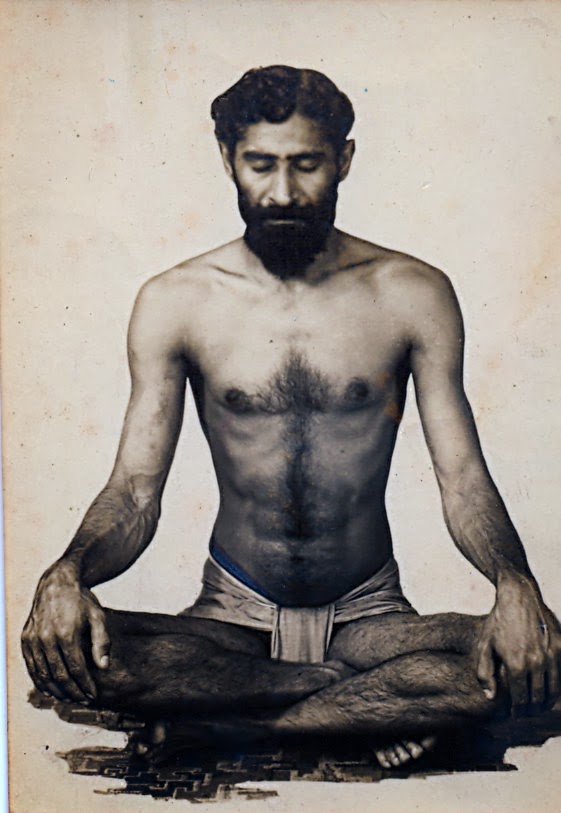Pranayama is the controlling of Prana or the “life essence of the universe”.
A great deal of misunderstanding, however, seems to exist in relation to the various practices of this science. Some call it the Science of breath, while some call it the control of psychic Prana. But the truth is that it is both: physical as well as mental.
In Sanskrit, Prana literally means Life; it is also supposed to mean Breath. It is the sum total of all cosmic energy. It is the vital force in our body that moves us to action.“From thought to the lowest physical force, everything is but the manifestation of the Prana” (Swami Vivekananda). It is the “potential energy which remains constant, no matter what changes take place around us; it is eternal and infinite” (Tyndall, Fragments of Science).
This is what the Yogis know to be, as Cosmic Prana. This all-pervading cosmic energy, when it becomes limited in a certain body is called the individual Prana or the kinetic energy (finite)that manifests itself through the different functions of our organism. It is the same cosmic energy that the recent scientists try to control.
According to the Yogic psychological anatomy, there are five main Pranas and five minor Pranas, which have different duties to perform. The main ones are the chief nerve-currents that control certain vital organs. The minor Pranas are subordinates to the function of the higher ones, but they are independent of each other. They have also the corresponding relation with the cosmic energy. The main Pranas have a separate element and have different planes on which they chiefly operate. It is the control of this cosmic energy or Pranathat is desired by the Yogis for the control of higher life.
Regulation of breath
 |
Shri Yogendraji in suitable pose
for Pranayama practice. |
Patanjali defines Pranayamaas the stoppage of the inspiratory and expiratory movements. It is quite natural that, when the breath is active, the mind becomes active also. In sleep, when the mind is temporarily inactive and concentrated the number of respirations is generally reduced, so much so, that they are nearly half the number of the otherwise active condition.
It is true that the control of Prana requires steadiness of mind. The easiest way to control the Pranais to control the breathing process, because it is it’s chief activity.
The lungs are the most active part of our system that works automatically and unceasingly. It is the control over their motion, which is necessary for the control of vital energy. The essence of the techniques of Pranayama lie in the fact that if the breathing is controlled to the extend of having the capacity to stop it, if this can be done, the activity of the body is quite naturally controlled.
This article was published in Yoga & Total Health (August 1991) – the monthly magazine of The Yoga Institute.

